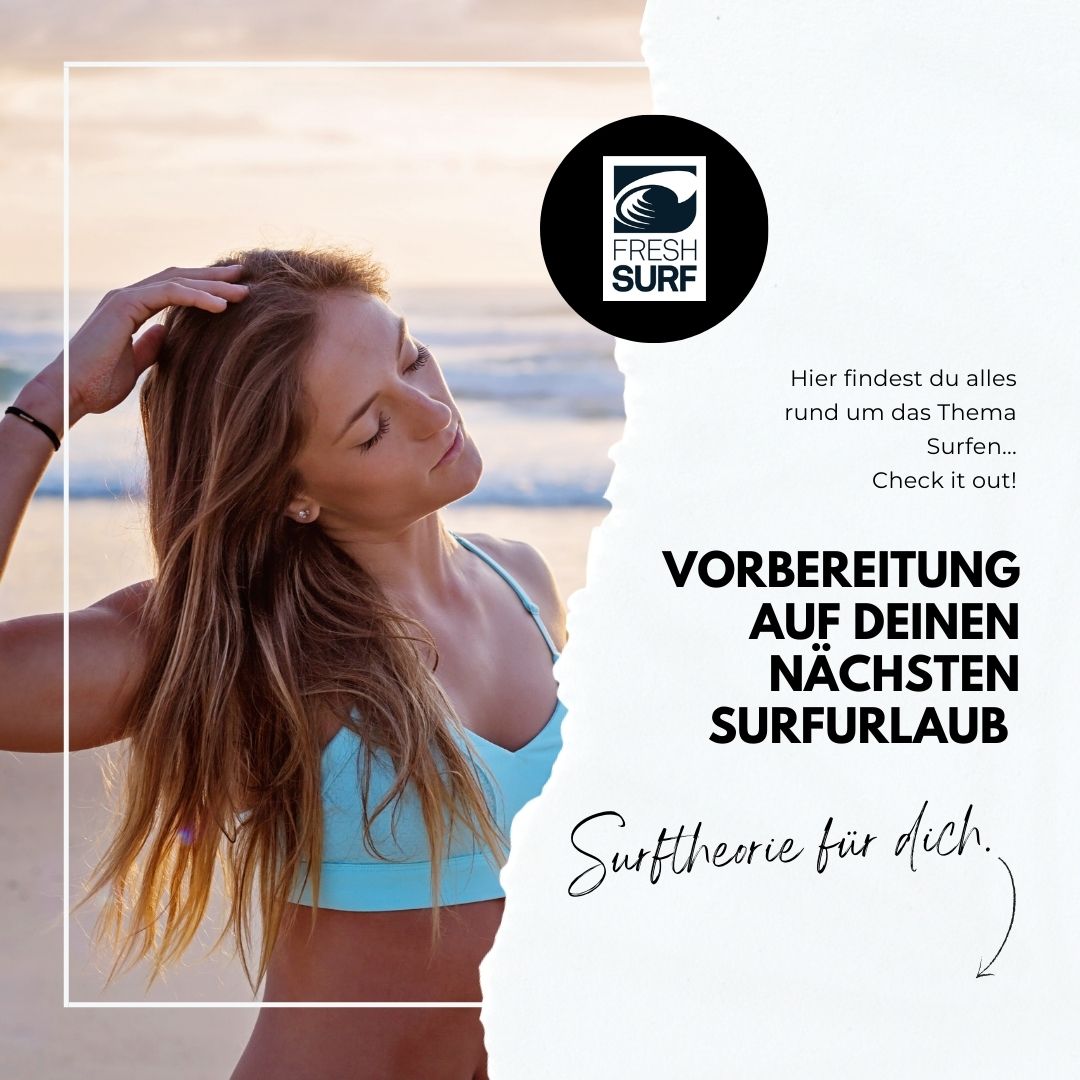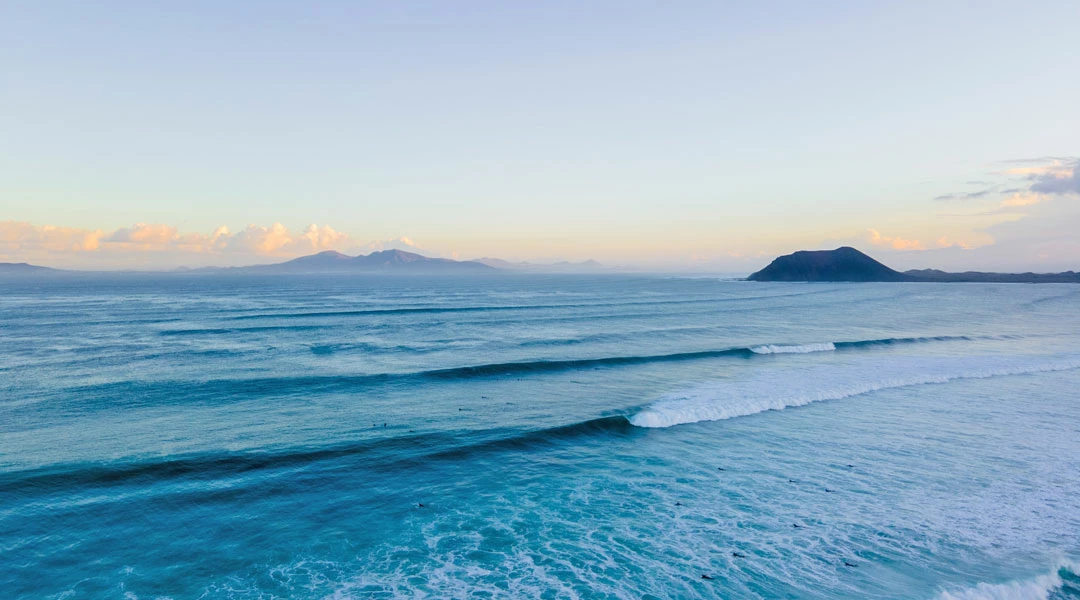
Learning to read waves – your key to more surfing fun
You paddle, give it your all, your arms are burning, but the wave just rolls past you.
Or it breaks right in front of you and you get washed away.
Sound familiar? Welcome to the world of beginner surfers – we’ve all been there.
But here’s the difference: if you can read waves, you’ll surf more relaxed, catch more waves and simply have more fun in the water.

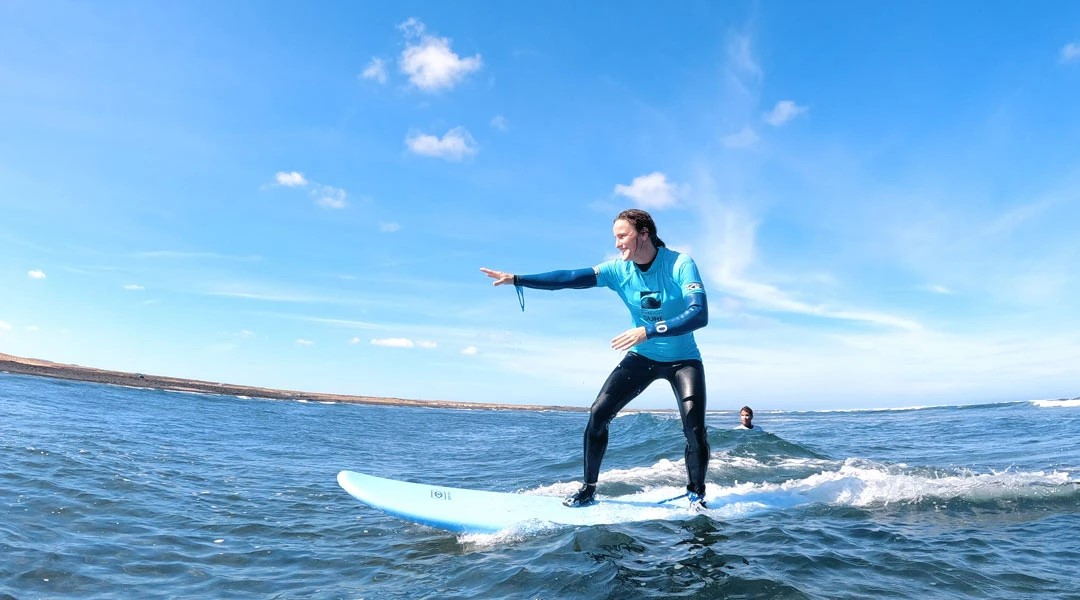
Why reading waves is so important
Read waves correctly is the secret language of the sea. Those who master it save energy, increase safety and experience that magical moment of flow: you paddle, the wave lifts you up… and simply carries you away.
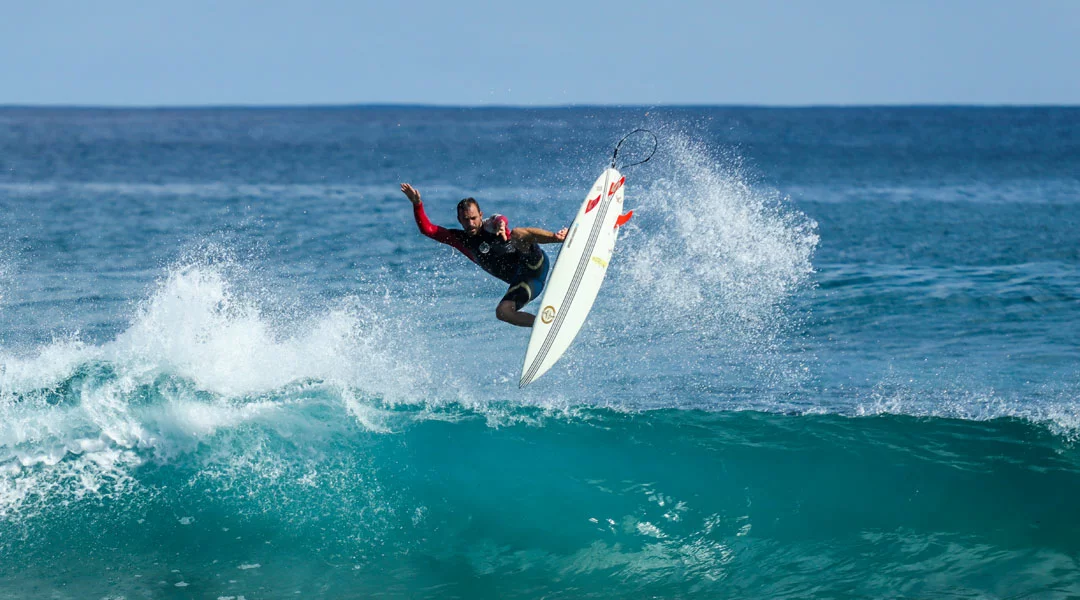
Many surfers ask themselves the same questions when they start out:
- ‘Why do the others catch every wave – and I don’t?’
- ‘Where do I need to sit so that the wave reaches me at all?’
- ‘How can I tell if it’s about to break?’
The answer: practice, observation and a little know-how. No one is born a wave whisperer.
The basics of how to read waves
Not every wave is the same – and that’s what makes surfing so exciting.
- Types of spots: beach breaks, point breaks, reef breaks – each has its own characteristics. (Find out more about surf spots on Fuerteventura here)
- Swell & wind: these determine how waves build and break.
- Wave characteristics: small waves can be tricky, and big waves are not automatically the best.
Understanding these basics alone will take you a long way in the water.

Tips for beginners
Observe first – Where do the waves break? How many come per set?
Pay attention to lines – A continuous line on the horizon or a wave with a long shoulder? This reveals a lot about its character.
Find your position – Too far out: the wave will pass underneath you. Too close to the beach: it will break on your neck.
Timing is everything – don’t paddle too early or too late. Catch it the moment it pushes you forward.
Avoid beginner’s mistakes – the biggest wave is rarely the best. And you won’t catch a green wave in the middle of the white water.
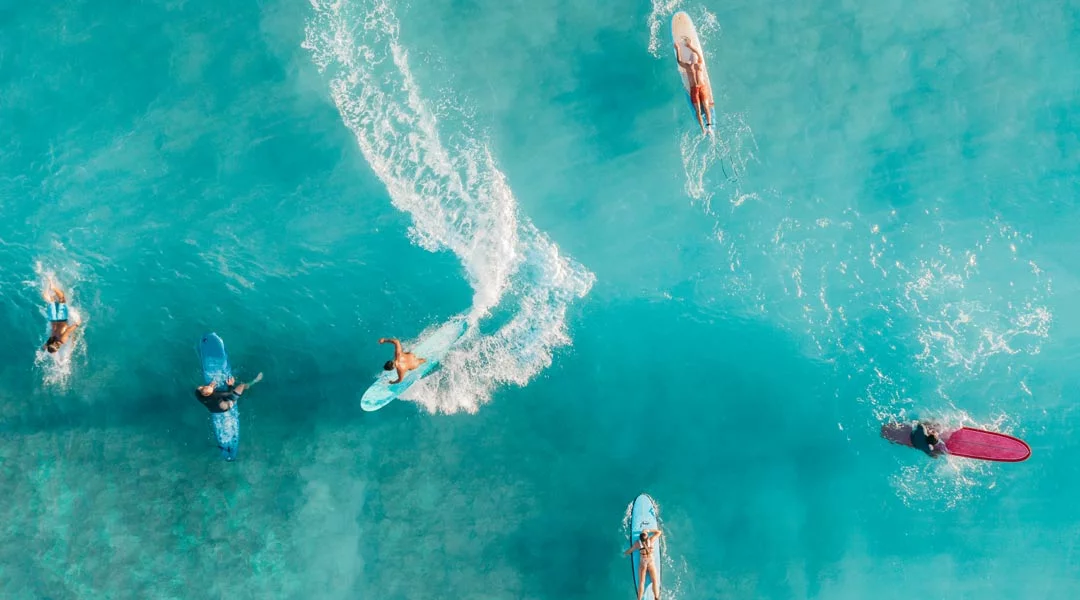
Practise at the surf camp – read waves in practice
Theory is one thing – you’ll only really learn it in the water.
In our surf courses on Fuerteventura, we practise exactly that with you:
- In the family surf class, you learn as a team.
- In our group classes, you motivate each other.
- In private coaching, you get full attention and individual feedback.

For advanced surfers: Playing with sets
Once you’ve mastered the basics, it’s time for some fine tuning:
- Not every first wave is the best – sometimes it’s worth waiting for the second or third.
- Pay attention to the locals – they know exactly where the sweet spots are.
- Position yourself cleverly in the line-up and watch how sets announce themselves.
That’s when surfing really becomes flow.

How to read the surf forecast correctly!
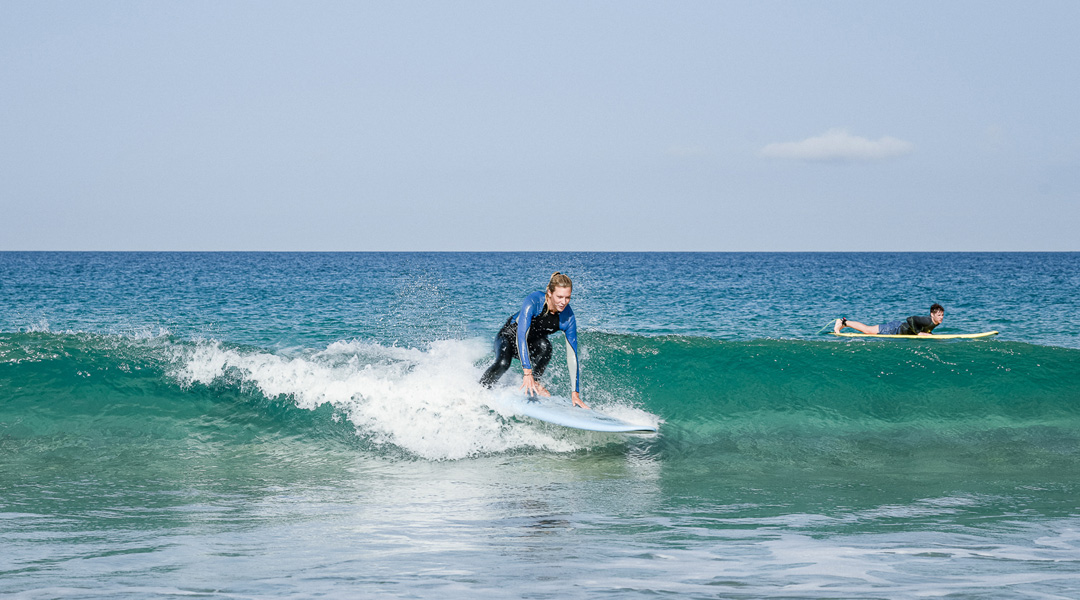
‘I always thought I would never be able to tell the difference between good and bad waves. After a week with FreshSurf, I can now paddle out onto every good wave with ease.’ – Sarah, 31, FreshSurf guest

Learning to read waves is not a magic trick – it takes practice, observation and patience. But once you understand the language of the ocean, your surfing will change forever.
And best of all, you don’t have to go it alone. At FreshSurf, you’ll learn what you really need to know to ride the next wave with a big smile on your face in a relaxed, charming and humorous atmosphere.
Book your surfing course now or check in directly at the surf camp!
Your wave is waiting. Come on, we’ll show you how to read it.
“Surfing is about reading the waves and the wind and applying the right knowledge and experience to tame the power of the ocean.”
– Gerry Lopez –


